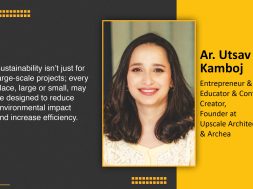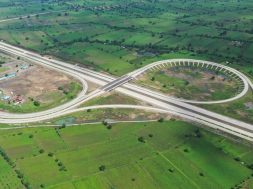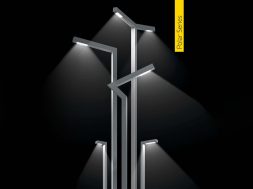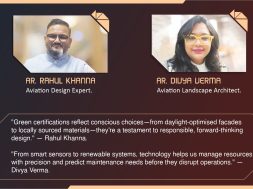Sustainable design is possible at every project scale
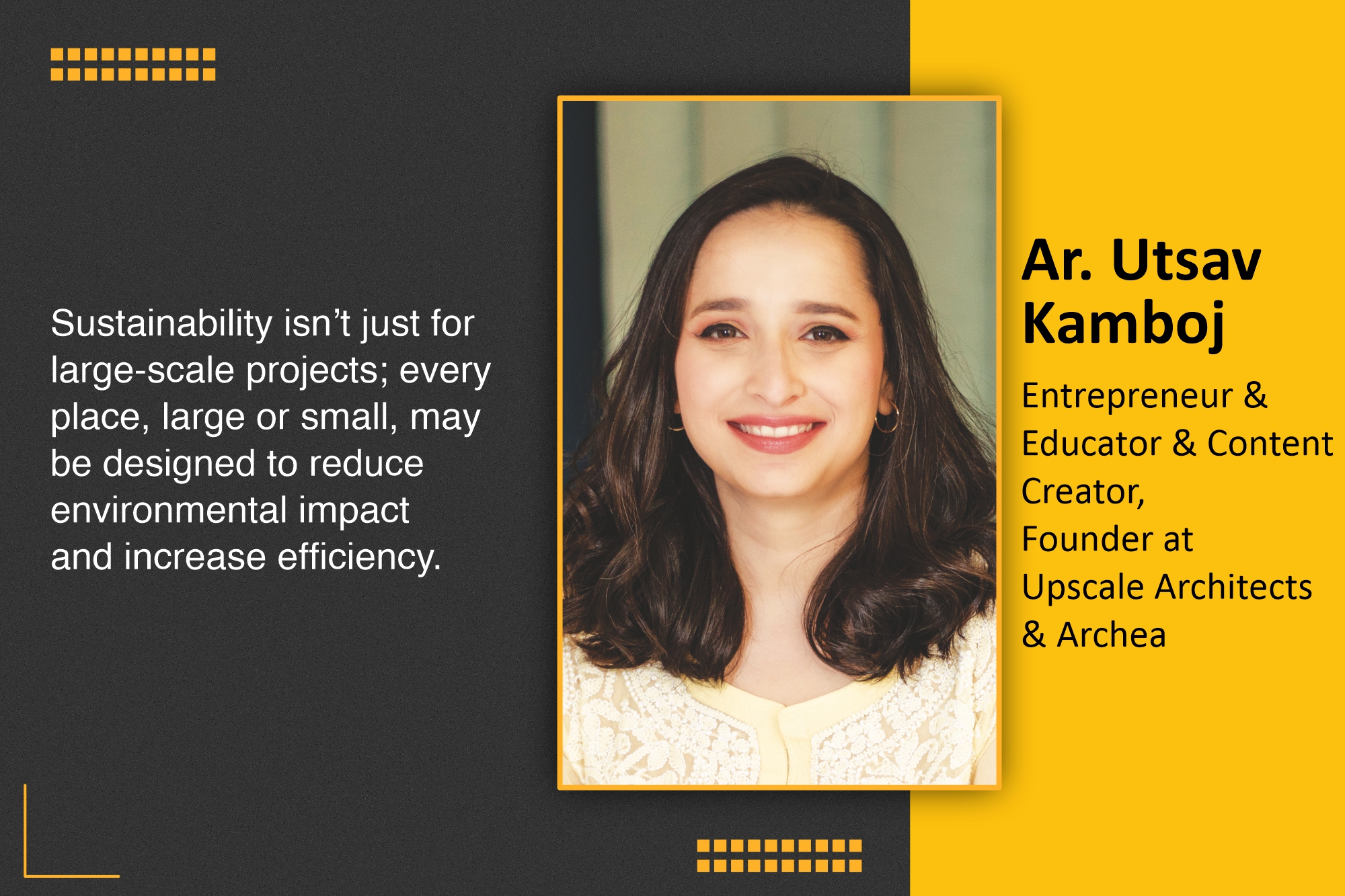
Ar. Utsav Kamboj dispels sustainability myths and illuminates how material choices, smart technologies, and regenerative architecture can produce net-positive, future-ready structures.
What is that one myth about sustainable design that needs to be debunked?
Sustainability is sometimes misinterpreted as a design concept intended primarily for large-scale projects. However, in reality, the project size is immaterial. Even small-scale architectural projects, such as a residential house or kindergarten school, as well as interior spaces, can be planned sustainably. Using eco-friendly materials, passive design principles, and vernacular construction practices can reduce a building’s environmental effects.
How do you make sustainability a part of your material selection process?
We do not treat material selection as a separate process. It has been an integral element of the design process since the beginning. So, when we build a 2D plan, we also consider the space in 3D and the type of practical experience we want to create using material textures, colours, and patterns. Furthermore, a large portion of our material selection is based on the availability of local materials, transportation expenses, and the option of employing recycled materials. This also helps us stay committed to the site environment and creates a sense of belonging.

How can integrating smart technologies help in achieving net zero?
Technology is an integral part of my profile. Technology is an excellent tool for everything, from day-to-day operations management to project planning and implementation. Along with adopting Building Management Systems (BMS) that use AI and IoT, designers may do a lot to minimise a building’s carbon footprint. For example, designing responsive facades that dynamically react to occupancy and environmental conditions effectively reduces energy use.
How do you see the future of green buildings evolving in the next decade?
The future of green buildings will be regenerative architecture, which involves actively enhancing the environment rather than simply avoiding harm. Over the next decade, I anticipate a shift towards net-positive buildings, which produce more energy than they consume. This will assist us in designing buildings that are self-sufficient, climate-resilient, and inseparably linked to their natural ecosystems.

Describe how waste reduction and circular economy integration can reduce emissions.
Waste reduction is essential for the establishment of a circular economy. We need to stop considering abandoned items as “waste” and start looking to apply them in different ways in our projects. For example, broken tiles from a demolition site can be reused as patio flooring on another site, saving them from going to the landfill. Many manufacturing firms have started making construction materials from discarded plastic and industrial trash, which is a good sign. Furthermore, as architects, we must plan and optimise resources to avoid waste on-site. Adopting technologies like BIM can aid in monitoring and evaluating data to ensure effective resource allocation and use.
For more information, visit: https://archea.in/
Cookie Consent
We use cookies to personalize your experience. By continuing to visit this website you agree to our Terms & Conditions, Privacy Policy and Cookie Policy.
